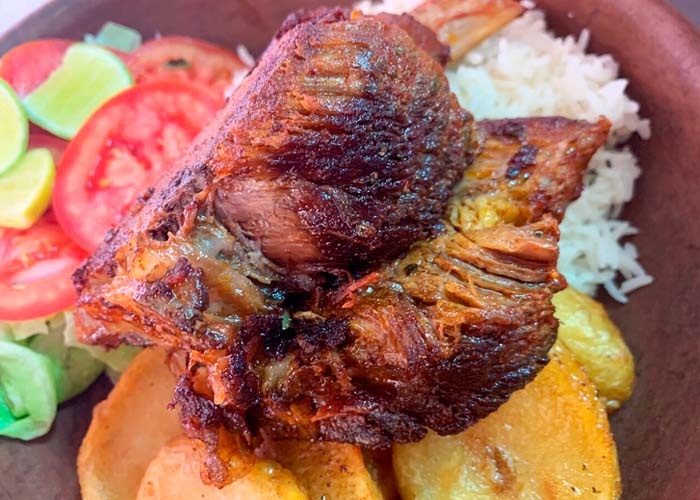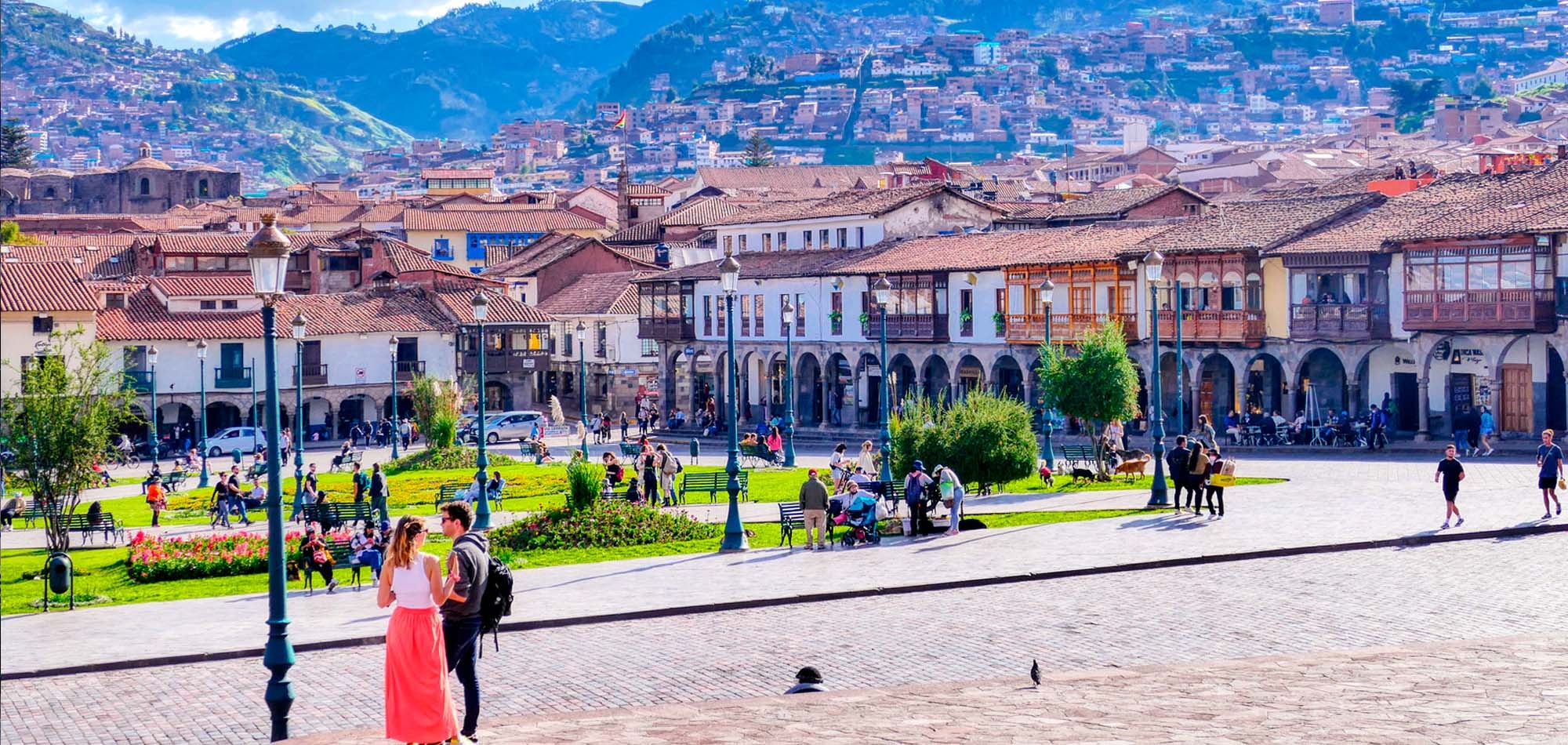
This isn’t your average “Best Of” list that counts down to the “not so great” restaurants. Every one of these restaurants is the best, in its own category. Want to try creative Peruvian haute cuisine? In the mood for tapas and fine wine? Craving a cheeseburger or French toast for dinner? This list has got you covered!
We have tried most restaurants in town more than once. Below are the best restaurants for dinner, with two lunch spots. Cevicherías and picanterías are traditionally only open for lunch and this list gives you the best of each.
On the west side of Plaza Regocijo, one block from the Plaza de Armas
Reservations recommended
Travelers who have looked into the foodie scene in Peru have likely read quite a bit about Lima chef Gaston Acurio. Thankfully, his Cusco restaurant Chicha has the best of his signature dishes, so you enjoy the finest Limeñian cuisine in the Inca’s capital.
The tasting menu includes three appetizers, three entrées and two desserts. Besides the tasting menu, there are two other menus on offer. One is the regional menu and the other is a set chef’s menu with a choice of three appetizers and three main courses, followed by either a seasonal fruit sorbet or cake.
On the regional menu, I recommend the signature Chicha soup for a cold night at 11,000 feet. It’s a hearty soup made with four kinds of beans and topped with pork rib cracklings. If you’re curious about guinea pig but don’t want to commit too much, try the Pekin guinea pig appetizer. There are two options for Acurio’s famous oxtail: served with fettuccine alfredo or in a stew.
Most dishes in Peru center around meat and there are only three vegetarian options on the menu. I recommend the sweet potato tortelli for the fun mix of savory and sweet. The sage butter is deliciously salty, which is nicely balanced by the sweet potato.
On the north side of the Plaza de Armas
Reservations recommended
Morena is famous for traditional Peruvian dishes and it’s a great spot to try some of Peru’s best sauces and flavors. The trout appetizer features chalaquita, which is similar to Mexico’s pico de gallo. Several menu items come with huancaina, a creamy sauce made with mild yellow chili peppers. For something fresh and light, try the trout with chimichurri, made with fresh minced parsley, garlic, and spices. My favorite Peruvian sauce is uchucuta, a creamy spicy sauce made with hot rocoto peppers, which Morena serves on sautéed pork belly.
There is an excellent selection of appetizers, which are all classic Peruvian dishes. If you want to get a true taste of Peru, go with three or four appetizers. (I love all eight on the menu, so I can’t recommend just four). Morena has clearly marked vegetarian options for soups, salads, pastas, and a quinoa risotto.
The interior is bright and after a long day on your feet you’ll appreciate the comfortable wicker chairs and cushions. Morena has great desserts, cocktails, and tea so you can relax after a good meal.
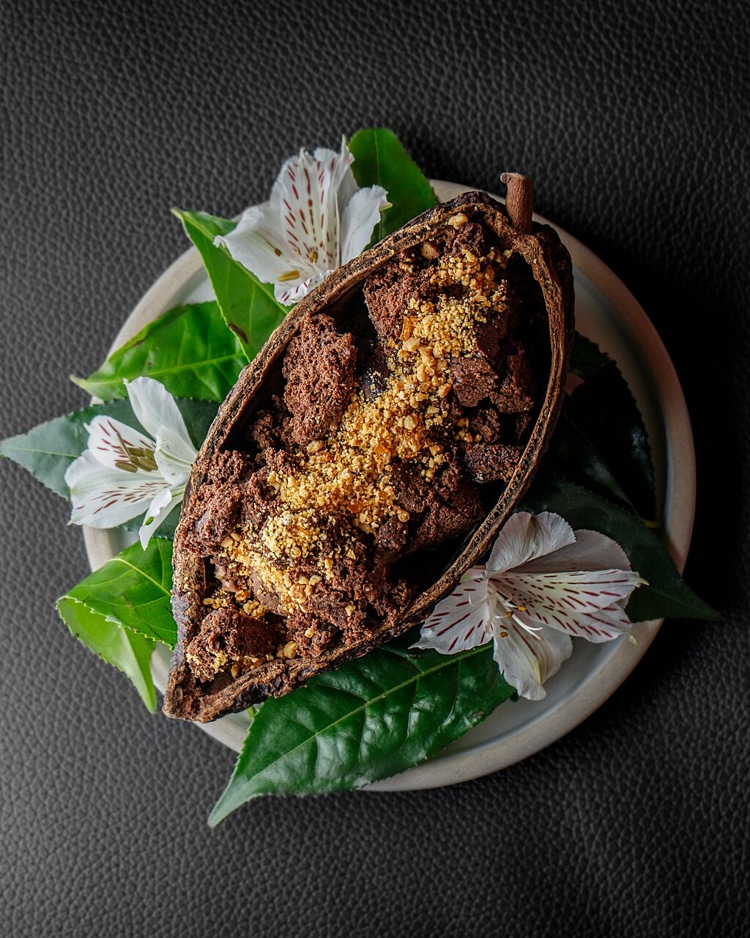
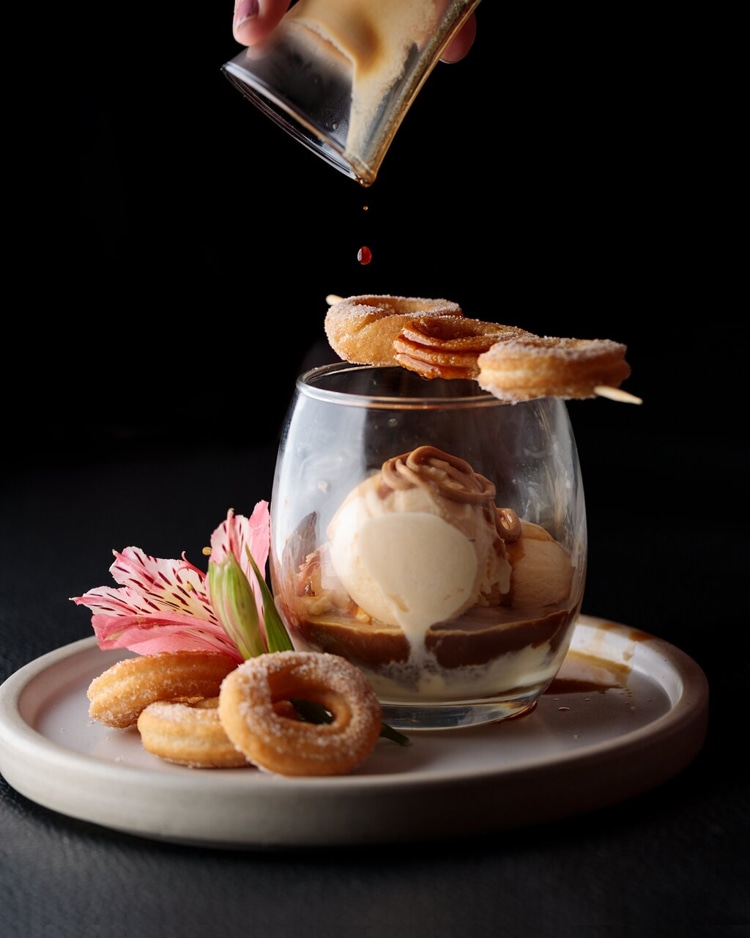
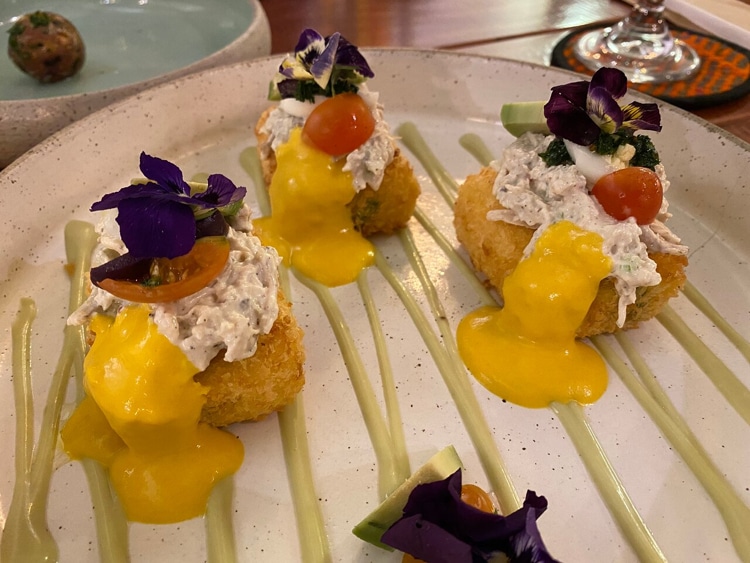
Calle Palacio 110
Reservations recommended
Upstairs in one of the most historic buildings in Cusco, is the New York Times reviewed Cicciolina. Tapas, appetizers, and main dishes all present a fantastic marriage of Peruvian and Mediterranean flavors, with international touches like wasabi and mango chutney. All the tapas are fantastic and menu favorites include the beet ravioli served with pesto and chicken in wild mushroom sauce with spicy polenta.
If you know wine, you’ll be impressed with the selection from South America, Europe, and Australia. If you’re less familiar with global wines, the highly trained staff will be happy to assist you. Owner Tammy Gordon takes great pride in her Cusqueñian staff and their knowledge of which wines pair best with which menu items. This is one of the most elegant restaurants in town.
The informal bar, adjacent to the kitchen, has beautiful views towards the Plaza de Armas and down on Calle Hatunrumiyoc, where you can watch tourists pose for photos in front of the famous 12 Angle Stone. Note that Cicciolina Restaurant and Cicciolina Café are two separate locations about three blocks apart. The café is a great spot for breakfast or lunch and includes a bakery where you can get a baguette or croissants to eat in one of the many plazas around town.
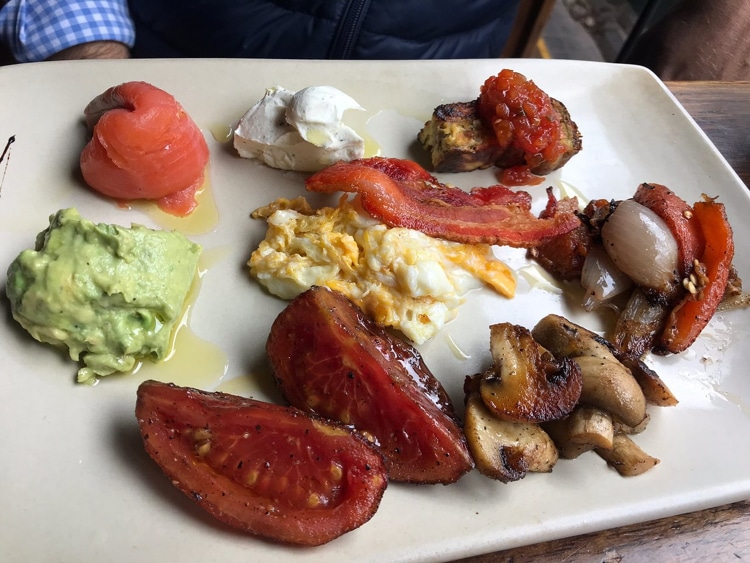
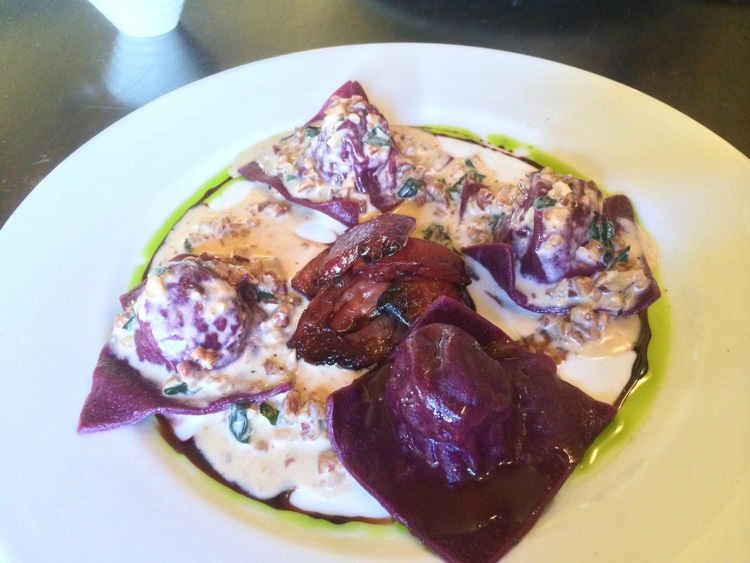
West side of the Plaza de Armas, on the side street also called Calle del Medio
Evening in Cusco casts a magical light across the Cusco Cathedral, with the picturesque San Blas neighborhood spreading up the hillside behind. To enjoy this lovely spectacle, try the balcony at Calle del Medio. If it’s chilly, most tables inside also have a beautiful view of the Plaza de Armas and San Blas.
The restaurant has a fantastic bar, so this is the best spot for a sundowner, in every sense of the word. Two favorite appetizers to go with your cocktails are the sliders and capon wings. The menu has several classic Peruvian dishes, and a good selection of more international fare. Two standouts are the pumpkin risotto and the 24 hour lamb shank.
This is the only good bar in town where you can watch a game on a comfortable couch with good service. If you are in Peru during the NFL or NBA playoffs, check with Calle del Medio if they can air your game. (I’ve tried the sports bar La Fábrica several times. The atmosphere is hectic, and the service is terrible.)

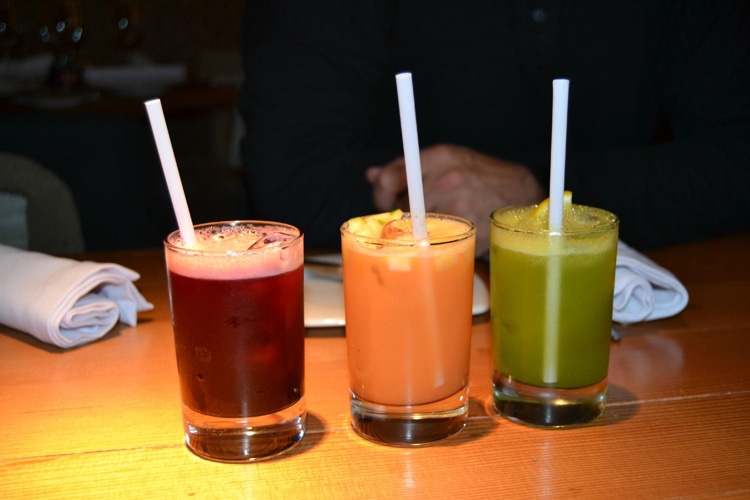
Calle Choquechaka 509
After trying lomo saltado, ceviche, quinoa chaufa, and guinea pig, many travelers are ready for something more familiar. Jack’s Café is the place for a satisfying cheeseburger or breakfast for dinner. The portions are large, and you can order pancakes or French toast with strawberries as late as 9:00pm. Other breakfast favorites include huevos rancheros and the homemade almond and apricot muesli.
Jack’s “Big Toasted Sandwiches” are exactly as advertised. The BLT, tuna melt, and smoked salmon sandwiches are all excellent. If you’ve been playing it safe with only cooked vegetables, this is a reliable place for a crunchy salad. I highly recommend the Mediterranean salad, served with hot pita bread and homemade hummus.
From May through September, when Cusco fills with travelers, a line frequently extends out the door and around the corner. Jack’s does not take reservations, so get there early or be prepared to wait during the busy season. The rainy season October through April is also a beautiful time to visit Cusco and has the added advantage of shorter lines at the best restaurants.
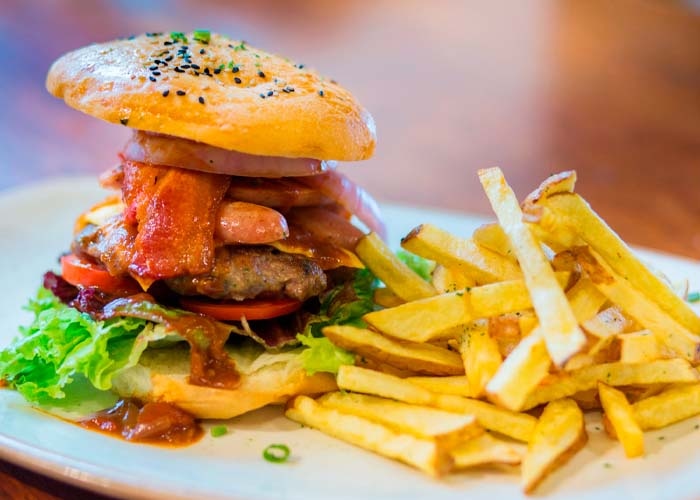
Calle Plateros 361
There are several good pizzerias in town because Peruvians love pizza. However, if you want Cusco’s most Italian pizza place, go to Carpe Diem. It’s only a block from the Plaza de Armas and the interior is decorated with all the classic Italian pizzeria memorabilia.
The menu is extensive, with a long list of great pizzas. The pizza dough is fermented 24 hours, so it’s just the right balance of chewy and crispy. A personal favorite is the Taormina pizza with caramelized leeks and pecorino cheese. This is one of the few places in Cusco with very good cheese, so don’t hesitate to go for the homemade burrata or imported parmesan.
Carpe Diem makes their own fettuccini, spaghetti, tagliatelle, ravioli, and lasagna noodles. The ravioli is delicious, but the dishes are on the small side, so if you’re really hungry go for the spaghetti or lasagna.
Don’t leave before you try the tiramisu! It’s made at your table with homemade mascarpone and fresh espresso poured directly from a traditional Italian moka pot.
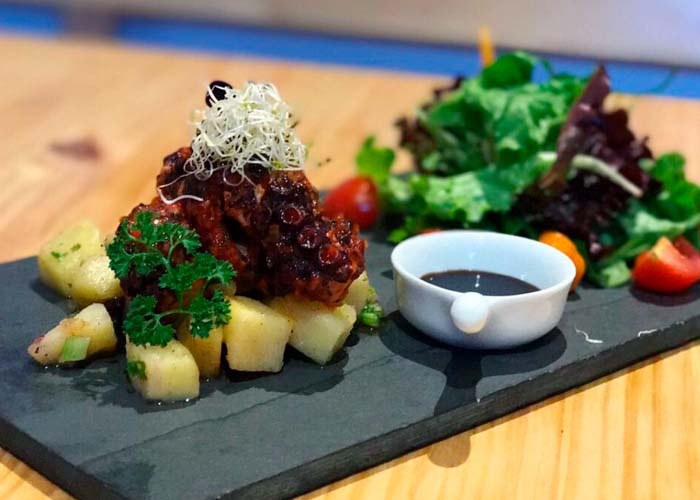
Calle San Agustin 275, a block from Marriott el Convento
Salvajes is one of the newest restaurants in town and one of the most creative. This is the best place for vegetarians and vegans who want to try traditional Peruvian dishes like aji de gallina. The creamy sauce made with mild yellow chili peppers is served over roasted wild mushrooms, rather than shredded chicken. All five burger options are fantastic, though my favorite is the Golden Burger, which is smothered in caramelized onions.
As an appetizer, try the patacones, freshly made plantain chips topped with avocado mash and chalaquita. Besides vegan variations on Peruvian classics, there is a healthy dose of vegan bar food and wood-fired oven creations. The atmosphere is casual, with tables made from hefty slices of naturally fallen trees from the Peruvian Amazon.
Salvajes has a great bar with some delicious signature cocktails and a great selection of top shelf liquors. Tuesdays and Saturdays are salsa nights and it’s a fun place for beginners.
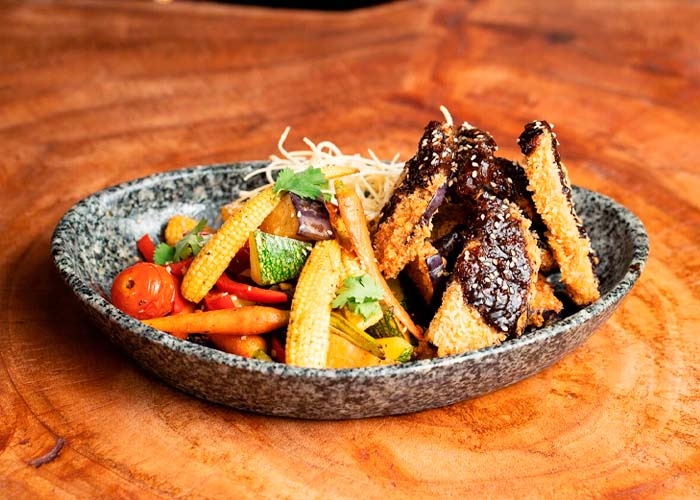
Calle Carmen Bajo 235
The past few years have seen an explosion of new breweries in Cusco and the best one is in the San Blas neighborhood. Those who love all beer should try Jacob’s tasting menu, which gives you an idea of how good beer can taste at altitude. You can try everything from a double IPA to a Belgian triple.
Jacob’s has a fun atmosphere with two floors of seating. I recommend heading upstairs and sitting where you can look down on the bar and brewery area. They have live music on weekends and also most weekdays.
This brewery also houses the well-known restaurant Green Point, which has great international vegan dishes and a bakery with amazing pastries and desserts.
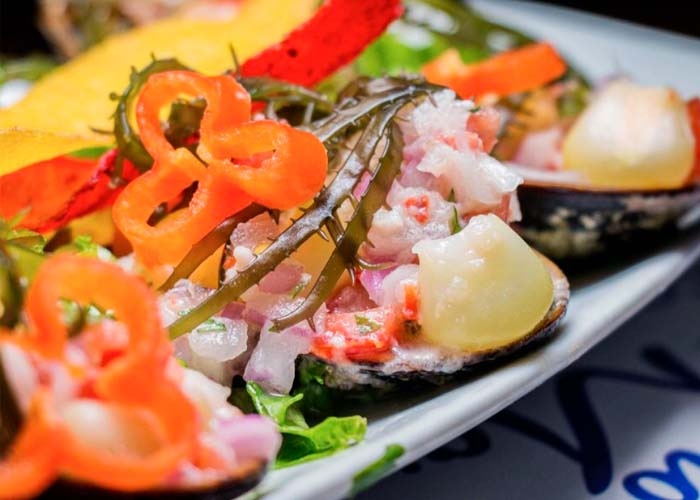
Calle Tandaptata 300
Want to try a gourmet version of ceviche? In the mood for a sushi roll or poke bowl? Sakana is a perfect example of one of Peru’s best fusion cuisines: Japanese and Peruvian. This particular mix is often labeled Nikkei, though it’s such a new term that chefs are still defining what exactly qualifies a dish as Nikkei. Sakana’s Nikkei ceviche brings together Peruvian ceviche with Japanese flavors like teriyaki and sesame.
At Sakana, you can try a classic ceviche made with the freshest saltwater fish flown in from Lima. Also on the menu is a delicious “Ceviche Andino” which is made with fresh local trout, avocado and a creamy quinoa sauce. If fish isn’t your thing, try one of the causa options. The causa is a traditional Peruvian dish made with layered mashed potato and filled with a wide variety of meats and veggies.
There are a lot of good cevicherías in Cusco, despite the distance from the sea. I’ve tried well over twenty cevicherías and the one I keep going back to for the quality of both fish and flavors is Sakana. Ceviche is traditionally a lunch food in Peru, so Sakana and most cevicherías in town are only open for lunch.
Avenida Alfredo Yepez Miranda, Magisterio
Picanterías are an experience, so if you have two or three hours for lunch, take a taxi to Cusco’s upscale and modern Magisterio neighborhood to see where locals go for special occasions. This is where you can try a Cusqueñian grandma’s cooking, not modern cuisine. The picantería has developed over the past few centuries from the chichería, where people used to go to drink chicha. (Chicha de jora is a fermented corn drink made from white or yellow corn and not to be confused with the sweet, unfermented chicha morada made from purple corn).
Everything on the menu is based on traditional Cusqueñian recipes, where soups usually steal the show. You’ll want to order both soup and a second dish but expect the soup to be your main course and the second course to be smaller. If you’re a fan of sweet and savory together, start with the chupe de pera. This is a thick, creamy soup with whole stewed Andean pears the size of large strawberries. Follow with the rocoto setas, a stuffed chili pepper in wild mushroom broth served with tiny yellow potatoes.
Most dishes at Cusqueñísima are spicy, picante in Spanish, which is how picanterías got their name. If you’re not a fan of spice, ask the server what on the menu has no picante. While restaurants in the historic center of Cusco mostly have bilingual menus, Cusqueñísima and other restaurants in Magisterio do not. Servers are unlikely to speak any English.
Like cevicherías, picanterías are only open for lunch and usually close around 5:00pm.
